November 09, 2009
Before her diagnosis in June 2008, Dr. Eileen Freedman had never heard of triple negative breast cancer. Freedman, a pediatrician from Connecticut, is the first of 17 women chosen for a clinical trial at University Hospitals Case Medical Center. The trial is testing the safety and effectiveness of a vaccine to help prevent the disease’s recurrence. They called and emailed from all over the United States and Canada. Great Britain. India.
Women who had gotten wind of a clinical trial in the planning stages at University Hospitals Case Medical Center were eager — desperate — for a better shot at battling the difficult-to-treat triple negative breast cancer.
The Office of Patient and Public Education at UH’s Ireland Cancer Center has fielded more than 500 phone calls in the past 17 months. The calls began in June 2008, when a Plain Dealer article on triple negative gave the briefest of mentions of a trial that hadn’t yet been designed.
A few months after that, oncologist Dr. Joseph Baar, who was awaiting word on funding for the trial, presented a research paper on triple negative breast cancer at the San Antonio Breast Cancer Symposium held every December.
News that he had found a link between the cancer and a type of protein called MUC-1, and that he was working on vaccine that would target the protein in breast cancer cells sparked an avalanche of new calls and emails.
About 10 of those calls came from Eileen Freedman, a pediatrician who lives in Connecticut. She was finishing up treatment at Hartford Hospital in December 2008 for triple negative breast cancer when she heard about the clinical trial.
“One of my best friends happened to be listening to NPR,” said Freedman, 59.
The radio program briefly mentioned the symposium and Baar’s findings. Freedman’s friend then found a journal article on the Internet and another reference to Baar. The friend called and told her to read it.
From that day on, Freedman said, she began calling monthly ask about the status of the trial.
“They’d keep saying, ‘Call back in a month,’ ” she said. “In August, they finally said that the trial had gone through the IRB [internal review board].”
As one of the first queries, Freedman found herself getting a coveted slot — one of only 17 — for the privilege of being what she calls a “guinea pig” for science.
Triple negative breast cancer is one of several subtypes of breast cancer usually diagnosed by the presence, or lack, of three receptors (substances found inside breast cells that give rise to cancer): estrogen, progesterone and HER2.
Triple negative cancer, which accounts for about 15-20 percent of breast cancers, doesn’t have any of those receptors. Because of that, existing drug therapies that are used to target those receptors are ineffective in triple negative patients, making follow-up treatment to prevent a recurrence of cancer difficult.
Baar, director of breast cancer research at UH and its Breast Cancer Survivor Program, had been working on creating a vaccine that would use a patient’s own immune system to target and kill cancer cells. The only thing stopping him from going forward with those studies was money.
Shortly after presenting his work in San Antonio, the National Cancer Institute and the Avon Foundation gave Baar and Case Western Reserve University a research grant totaling nearly $250,000 for two years of a phase I clinical trial to assess the safety and effectiveness of the vaccine.
After going through the necessary reviews and approvals, Baar and his team started calling back women who had expressed interest in the study.
“I’m amazed at how patients found out about this,” he said. “They’ve Googled ‘triple negative’ and my name pops up.”
To Baar’s knowledge, no one else in the country is working on a similar vaccine.
The ideal participant is someone who has completed all of her treatments for early-stage triple negative breast cancer; in whom the cancer appears to be in remission, meaning it has not recurred or metastacized; and who is not taking any medications that suppress the immune system.
Those parameters disqualified many who initially queried about the trial. But Freedmanfit all the requirements.
Half of the women chosen for the additional screening required for the trial are current UH patients from the Cleveland area. The others hail from California, Connecticut, Canada, Minnesota, New York, Washington state and throughout Ohio.
Researchers want to make sure that at least four of the initial 17 women develop an immunity to the MUC-1 protein. If that happens, the study will add 20 more patients. If that doesn’t happen, they will halt the study.
Freedman flew to Cleveland on Oct. 21. She passed all of the necessary tests and received her first vaccine injection early the next day. A few hours later, she was back on a plane back home.
I probably have greater expectations [for the trial] than Dr. Baar wants me to have,” she said a few days after her first vaccine shot. “I’m very hopeful that his theory is correct.
“My attitude is, ‘What’s the worst that can happen?” she said. “If it doesn’t work, it doesn’t work. The chances of doing serious damage are highly unlikely.”
Baar is quick to temper expectations. The study, he emphasizes, is a pilot trial.
“We’re not selling this as a treatment for triple negative breast cancer,” he said. “We make that crystal clear. The patients know that when they come here.”
Freedman will return to Cleveland Nov. 19 for her second round of treatment. It is a scenario that she will repeat roughly once a month over the next year, along with getting her blood tested intermittently to see how she is reacting to the vaccine. She has booked her flights through February.
I’m incredibly excited,” she said. “I’m the first one and I’m feeling like, ‘Oh my God, maybe God was looking out for me because it’s amazing that I was chosen.”
Other promising research elsewhere is studying an experimental class of drugs called PARP inhibitors, which have been shown to interfere with cancer cells’ ability to repair themselves.
“That is really exciting,” Baar said. “These inhibitors are going to have a major impact in how we treat metastatic triple negative patients.”
PARP inhibitors may prove beneficial for all metastatic breast cancer patients. But historically, other breakthroughs in breast cancer treatment have not applied to triple negative breast cancer patients, said Hayley Dinerman, board chairwoman of the New Jersey-based Triple Negative Breast Cancer Foundation. Which is why, she said, research such as the vaccine clinical trial, is so important.
“These women are really such an under-served population,” she said.
Source
January 2009 Article about the trial:
CLEVELAND: Research out of the Ireland Cancer Center of University Hospitals Case Medical Center has found that the vast majority of triple negative breast cancers express the MUC-1 target. This first-of-its-kind finding, presented today at the San Antonio Breast Cancer Symposium, has paved the way for an upcoming vaccine trial for patients with early stage triple negative breast cancer that could potentially prevent recurrence of this aggressive type of breast cancer.
Joseph Baar, MD, PhD, Director of Breast Cancer Research at the Ireland Cancer Center, and colleagues analyzed 53 tumors and determined that 92 percent of them expressed MUC-1. These findings support their theory that this MUC-1 protein on breast cancer cells could be a target for a novel vaccine using the patient’s immune system to target and kill cancer cells.
Dr. Baar has received a prestigious grant from the National Cancer Institute and the Avon Foundation to begin the vaccine trial in January 2009 for women with early stage triple negative breast cancer to see if this vaccine can raise their immune response against MUC-1. If it does, then a later study would be undertaken to determine whether the generation of such an immune response leads to an increase in patients’ relapse-free survival rates, thereby preventing recurrence. The vaccine will be administered following standard therapy of surgery, radiation and chemotherapy.
“This vaccine trial has the potential to rev up patients’ immune response to the MUC-1 protein and shut down the tumor’s ability to grow,” says Dr. Baar. “Women with this aggressive triple negative breast cancer have an increased risk of recurrence and we are hoping to provide them with protection against the return of this deadly disease. Our findings that have been presented at the San Antonio Breast Symposium provide us a strong basis for this trial.”
Triple negative breast cancer is a highly aggressive form which comprises 10-15 percent of newly diagnosed early stage breast cancer. Most triple negative tumors are high grade and have a high incidence of recurrence and metastases (spreading to other organs). Unlike other types of breast cancer, there is no standard follow-up treatment for triple negative breast cancer to prevent recurrence.
“This is an important study because there has traditionally been nothing to offer women with triple negative breast cancer beyond standard therapy,” says Stanton Gerson, MD, Director of the Ireland Cancer Center. “This vaccine trial has the potential to lay the groundwork for a new standard of care for women with this aggressive form of breast cancer.”
Link





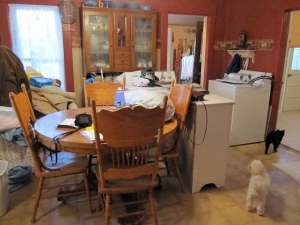



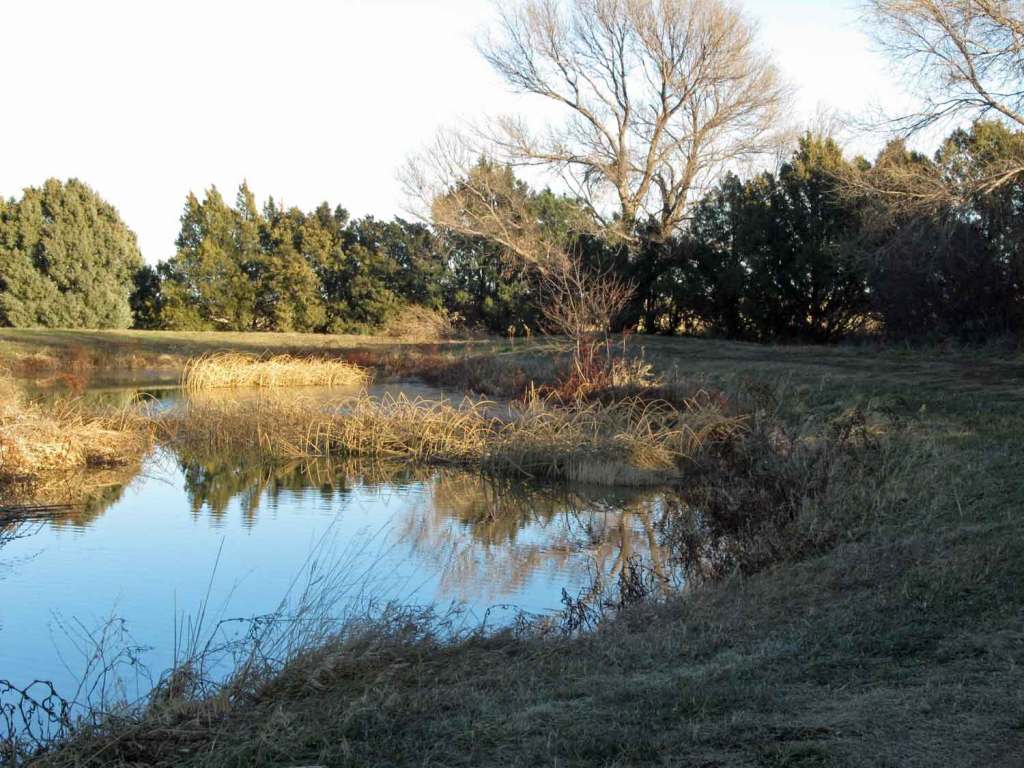



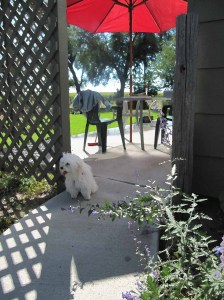
 I now call 2007 my “cancer year.” It was spent being sick and scared, agonizing over what treatment to have and how to access it, taking a leave of absence from my full time job in the summer and telecommuting part time while I stayed out of town to have daily radiation treatments for 6 weeks, returning to my office in the fall and trying to figure out if I had the energy to work full time. Because I wasn’t home all summer, nobody carried water to the seedlings, and they were left to struggle on their own to see if they could survive the drought conditions on the plains.
I now call 2007 my “cancer year.” It was spent being sick and scared, agonizing over what treatment to have and how to access it, taking a leave of absence from my full time job in the summer and telecommuting part time while I stayed out of town to have daily radiation treatments for 6 weeks, returning to my office in the fall and trying to figure out if I had the energy to work full time. Because I wasn’t home all summer, nobody carried water to the seedlings, and they were left to struggle on their own to see if they could survive the drought conditions on the plains. 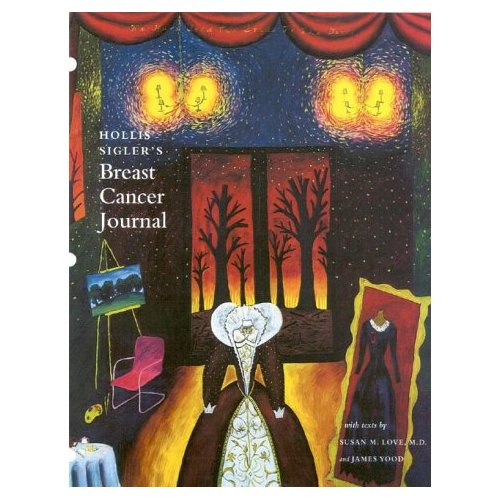 Hollis Sigler was a visual artist who created a body of work called, Breast Cancer Journal: Walking with the ghosts of my grandmothers. In 1985, she was diagnosed with breast cancer and had a mastectomy, chemotherapy, and radiation treatment. At that time, her disease was a much more private concern and she got on with her life, “hoping that she would be among those who had experienced a sobering confrontation with cancer, one that for the most part was resolved.”
Hollis Sigler was a visual artist who created a body of work called, Breast Cancer Journal: Walking with the ghosts of my grandmothers. In 1985, she was diagnosed with breast cancer and had a mastectomy, chemotherapy, and radiation treatment. At that time, her disease was a much more private concern and she got on with her life, “hoping that she would be among those who had experienced a sobering confrontation with cancer, one that for the most part was resolved.”
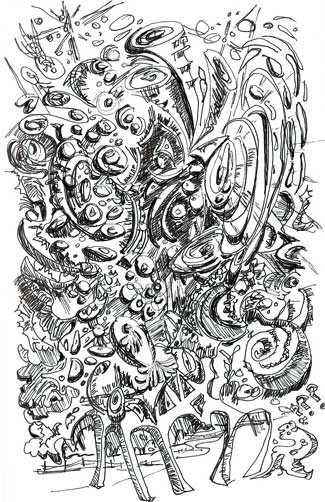 Just before my diagnosis and for some time during my surgery and treatment, I was having nightmares, what I later decided were “cancer dreams.” I’ve written here about looking for someone to help me process the strong emotional reactions I had to learning I had cancer and dealing with it. What I intuitively felt I needed was dream work therapy or art therapy. The social worker at my oncologist’s office told me over the phone to watch for upcoming art therapy sessions on their online calendar. Although they would be in in the city, I felt such an urgent need for them that I decided I would travel to attend. But I never saw them listed, and I’ve never attended any. I wish I could have found a way to do this at the time.
Just before my diagnosis and for some time during my surgery and treatment, I was having nightmares, what I later decided were “cancer dreams.” I’ve written here about looking for someone to help me process the strong emotional reactions I had to learning I had cancer and dealing with it. What I intuitively felt I needed was dream work therapy or art therapy. The social worker at my oncologist’s office told me over the phone to watch for upcoming art therapy sessions on their online calendar. Although they would be in in the city, I felt such an urgent need for them that I decided I would travel to attend. But I never saw them listed, and I’ve never attended any. I wish I could have found a way to do this at the time.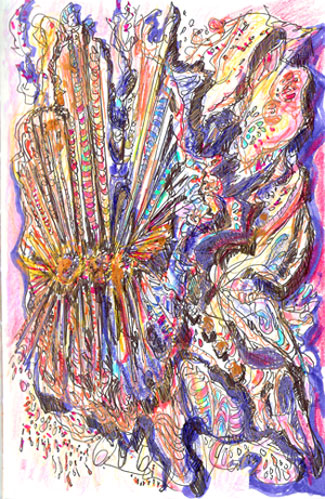
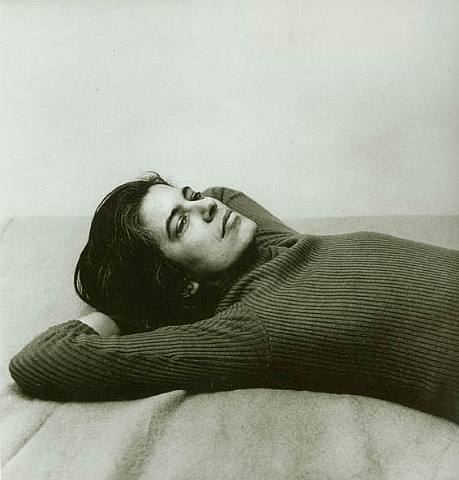 Susan Sontag
Susan Sontag 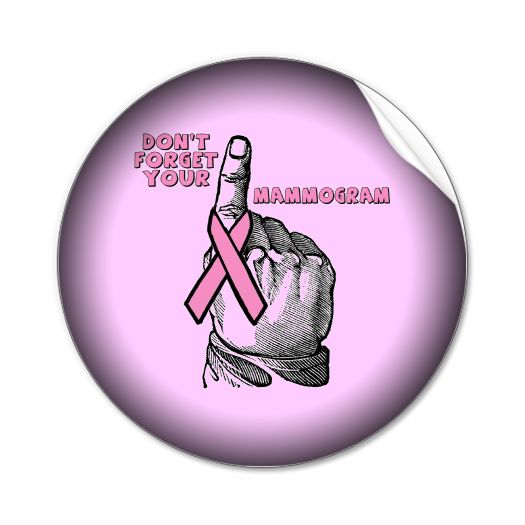 Someone asked me what those flowered things were in the photo with my post about my checkup. They’re the stickers with little BBs that the mammogram technician uses to mark the location of a lumpectomy, biopsy, etc.
Someone asked me what those flowered things were in the photo with my post about my checkup. They’re the stickers with little BBs that the mammogram technician uses to mark the location of a lumpectomy, biopsy, etc.
You must be logged in to post a comment.